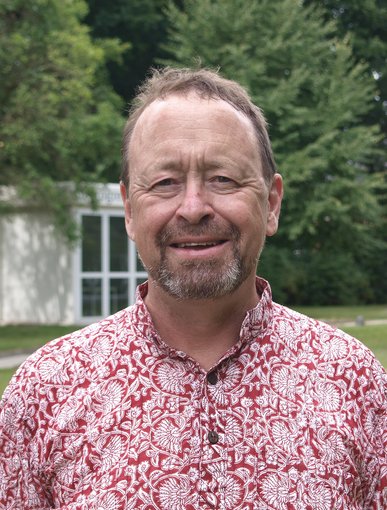Prof. Dr. Peter D. Clift

Projects & Publications
Temporal Evolution of the Asian-Australian Monsoon and its Impact on Global Climate
Collisions between continental plates cause mountains to be uplifted which then affect regional climate by diverting and reshaping atmospheric currents. The collision between India and Asia starting 55 million years ago has formed the largest mountains on Earth and strongly affected climate. Sediment eroded from these peaks by monsoon rains breaks down in the hot, wet conditions and removes CO2, a greenhouse gas from the atmosphere. In doing so the Earth is cooled over millions of years. Recent work suggests that parts of SW Asia and southern China may not be responsible for cooling since 16 million years ago after all, but in this case why is the Earth cooling? Other regions have been less closely examined, like the Bay of Bengal, Sea of Japan and NW Australia, although they have been sampled by scientific drilling. In this fellowship I will compile existing data from across the Asia-Pacific region to see how they compare and test if other regions, especially New Guinea where mountains have formed more recently, are critical in driving climate change. Where needed new geochemical data will be collected. The work will be used to plan future collaborative expeditions by US, German and Asian scientists. Understanding how the climate in this densely settled and economically significant region is affected by long-term changes improves our overall ability to predict future climate change driven by other factors such as solar heating or greenhouse gas concentrations.

